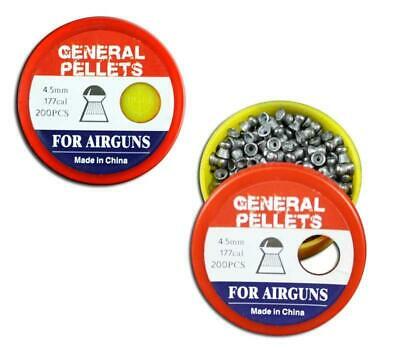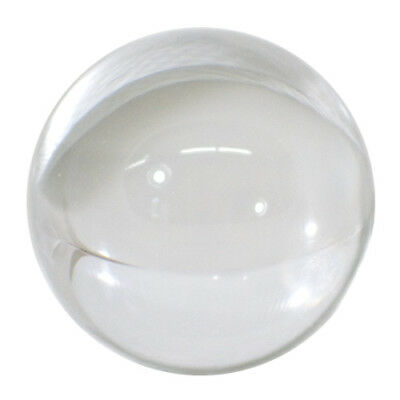-40%
Clear Acrylic Spheres / Plastic Balls - 3/4" Diameter - 13 Pieces Per Bag
$ 8.44
- Description
- Size Guide
Description
Clear Acrylic Spheres / Plastic Balls - 3/4" Diameter - 13 Pieces Per BagAcrylic Sphere/Ball Description
Acrylic, also known as Plexiglass, Lucite, or Perspex, Acrylite, and Optix is a versatile plastic material with a variety of purposes and benefits, available in a spectrum of colors and opacities. Acrylic plastic was first produced in 1928 and brought to the market by Rohm and Haas Company around 1933. It was initially used during World War II for products such as airplane windows, canopies, and turrets.
Acrylic is an extremely durable material that is 10x times stronger than glass. Because of its resistance to high pressure and impact. As well as its incredible resistance to weather and temperature, acrylic is a great alternative to glass.
These solid acrylic spheres are light-weight, tough, and scratch-resistant; making them perfect for projects ranging from the artistic to the scientific! Use them in your next arts-and-crafts project, your next science experiment, or accentuate your home décor! They are available in sizes ranging from 1/32" to 4".
Applications Include:
Arts & Crafts
Signage
Model Making
Decorating
Displays
Decorations
Maintenance:
Acrylic is simple to clean and polish using a clean cloth and cleaning compounds. It is possible to remove light scratches from acrylic with special abrasive compounds. Here at Plastic-Craft we sell a number of cleaners and polishers such as the Novus polishing kit, that can keep your acrylic looking like new for years to come.
Light Transmission:
Light transmission is the technical term for transparency to light. Clear Acrylic has a 92 percent light transmittance rate — one of the highest light transmission rates possible. Most acrylic plastics will allow light of wavelength greater than 375 nm to pass through the material, but they will not allow UV-C wavelengths (100–290 nm) to pass through. Even very thin acrylic sheets of less than 5 millimeters (mm) do not let UV-C light penetrate.








